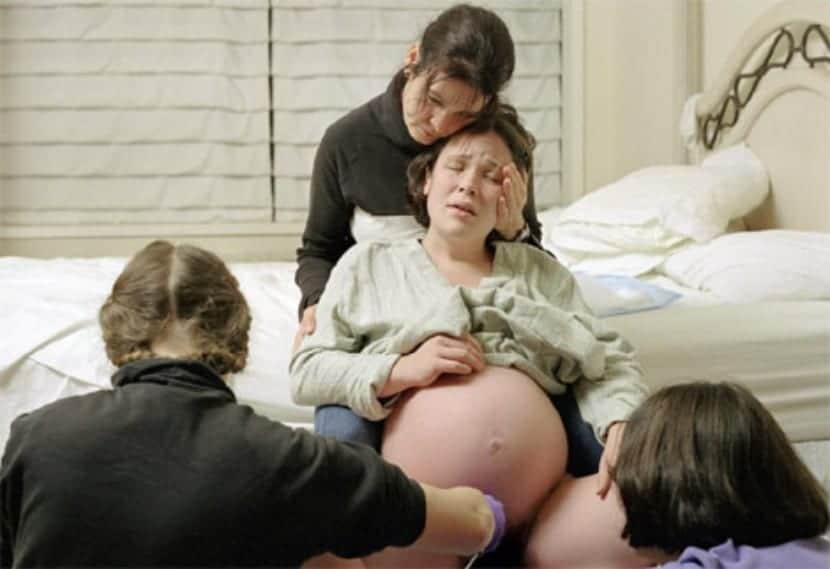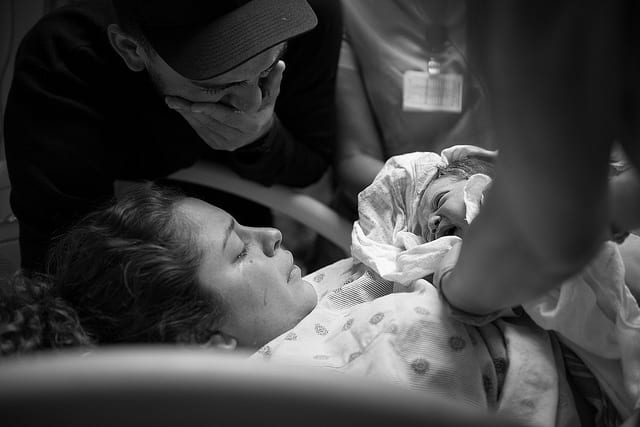
In developing a normal delivery, 3 phases are observed: dilation, expulsive and delivery; Today we are going to talk about the pushing (the expulsive) that begins when cervical dilation occurs, and ends when the baby leaves the mother's body. As for the usual duration of the expulsion, although it is variable, it can be around two hours with complete dilation in first-time mothers, but in the case of multiparous (previous births) the time would be reduced by up to one hour
In turn, this stage is divided into two differentiated periods, the last is the active (or advanced) that culminates with the birth, it is recognized by the desire to push with the contractions; and it is preceded by an earlier and passive period, during which the fetus descends into the birth canal. A natural push is involuntary, caused by pressure from the baby's head about him pelvic floor, but sometimes the pushing is directed by the health professionals who attend the delivery. Is this practice adequate when treating the delivery of a physiological process?
En this communication-poster published by "matronas Úbeda", we read that for a long time, the trend has been to systematically 'order' bids, but when labor is low risk, scientific evidence (and common sense) indicate that "the woman should be allowed to push freely and spontaneously". This document also provides valuable information on how this attitude affects:
- To the mother: more comfort and satisfaction, fewer injuries, less incidence in the Kristeller maneuver.
- To the fetus: better Apgar score, optimal oxygen saturation.
Thus, whenever the clinical situation is favorable, it is more convenient not to intervene, and Above all, do not manipulate the perception of the pregnant woman, making her believe that it is for her good, or that of the child.
What are spontaneous pushes like?

3 to 5 short thrusts usually occur with each contraction, shorter than directed; it may be that when pushing naturally, the expulsion is longer, but except for the duration (which should not be perceived in a comparatively negative way either) all are advantages. When we are not 'commanded' we push on the exhale, and we feel free to moan, which helps to get the air out.
Finally, it is worth mentioning that in the preexpulsive period (passive and early expulsive period), it is convenient to allow the mother to move freely.
Image (second) - Ivelisse Photography